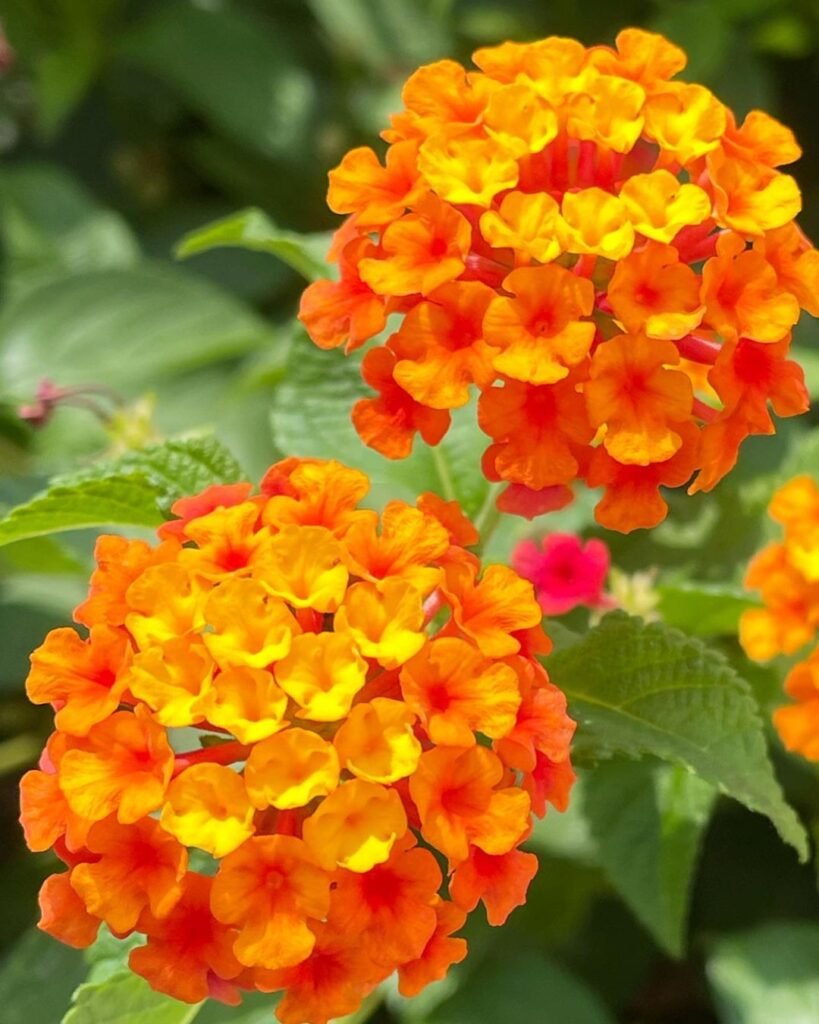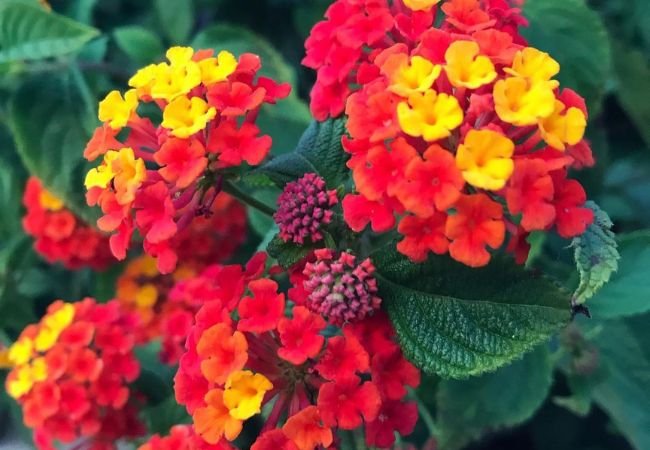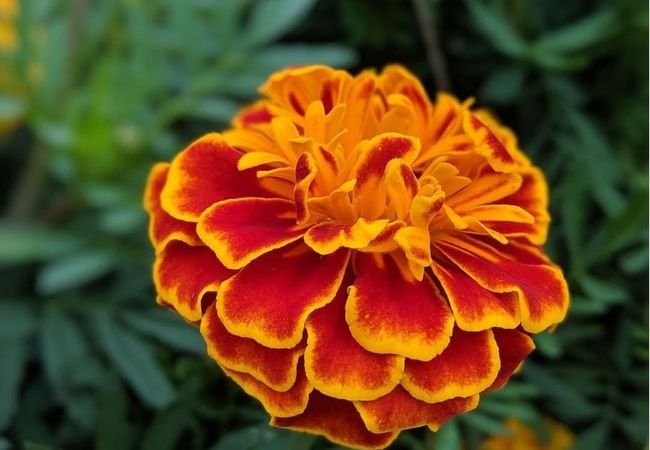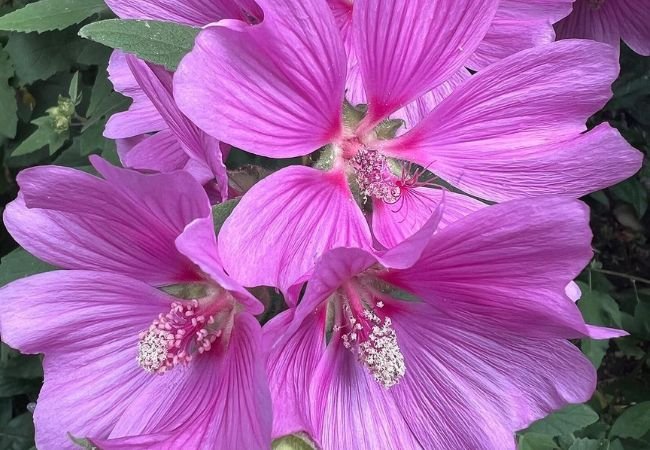Discover the vibrant Lantana Flower: a low-maintenance, drought-tolerant plant that attracts butterflies. Learn about its care, uses and benefits in this comprehensive guide for gardeners of all levels.
Have you ever seen a cluster of tiny, colorful flowers that look like a mini bouquet? That’s probably a Lantana plant. These bright and cheerful flowers are popular in gardens across the USA and for good reason. Let’s explore why Lantana might be the perfect addition to your outdoor space.
Here’s a detailed chart for Lantana flowers:
| Category | Information |
|---|---|
| Botanical name | Lantana camara |
| Common name | Lantana |
| Plant type | Perennial or annual |
| Hardiness zone | Zones 8-11 (perennial), grown as annual in cooler zones |
| Sun exposure | Full sun |
| Soil type | Well-drained soil |
| Watering | Low to moderate watering, drought tolerant |
| Growth habit | Bushy, spreading |
| Height/Spread | 1-6 feet tall, 3-10 feet wide |
| Special features | Clusters of small, brightly colored flowers in shades of yellow, orange, red, pink and purple; attracts pollinators; heat and drought tolerant |
What is Lantana?

Lantana is a genus of flowering plants in the verbena family. Native to tropical regions of the Americas and Africa, Lantana has become a favorite in many gardens due to its colorful blooms and hardy nature.
Key Features
- Clusters of small, tubular flowers in various colors
- Rough, aromatic leaves
- Can grow as a shrub or trailing plant
- Blooms from spring to fall in most areas
Why Gardeners Love Lantana
- Drought Tolerant Once established, Lantana can withstand dry conditions, making it perfect for water-wise gardening.
- Attracts Pollinators Lantana is a favorite of butterflies and hummingbirds, helping to support local ecosystems.
- Long Blooming Season With proper care, Lantana can bloom from spring until the first frost.
- Low Maintenance This hardy plant requires minimal care once established.
How to Grow Lantana
Planting:
- Choose a spot with full sun
- Plant in well-draining soil
- Space plants 2-3 feet apart
- Water regularly until established
Care Tips:
- Water deeply but infrequently
- Prune in early spring to promote bushier growth
- Fertilize sparingly; too much can reduce blooming
For more detailed care instructions, check out this guide from the University of Florida Extension.
Uses for Lantana
Garden Design Lantana works well in various garden styles:
- Butterfly gardens
- Container gardens
- Rock gardens
- Border plantings
- Hanging Baskets Trailing varieties of Lantana look stunning in hanging baskets.
- Ground Cover Some Lantana species can be used as colorful ground cover in warm climates.
Interesting Facts About Lantana
- Color-Changing Flowers Many Lantana varieties change color as they age, creating multi-colored clusters.
- Berries Lantana produces small berries that birds love. However, these berries are toxic to humans and pets.
- Medicinal Uses In some cultures, Lantana has been used in traditional medicine. Always consult a doctor before using any plant medicinally.
Potential Drawbacks
While Lantana has many benefits, it’s important to be aware of potential issues:
- Invasive Potential In some areas, particularly warm climates, Lantana can become invasive. Check with your local extension office before planting.
- Toxicity All parts of the Lantana plant are toxic if ingested. Keep away from children and pets.
- Skin Irritation Some people may experience skin irritation when handling Lantana. Wear gloves if you’re sensitive.
Lantana is a vibrant, hardy plant that can bring color and life to your garden. Its ability to thrive in tough conditions and attract pollinators makes it a valuable addition to many landscapes. However, it’s crucial to consider its potential drawbacks and plant responsibly.
Whether you’re a seasoned gardener or just starting out, Lantana offers an excellent opportunity to add easy-care color to your outdoor space. With proper planning and care, you can enjoy these cheerful blooms throughout the growing season.
Remember, sustainable gardening is about working with nature, not against it. Choose plants that suit your local climate and ecosystem for the best results.
For more gardening tips and plant care guides, visit usagardenhub.com.







One comment on “Lantana Flowers : Colorful, Hardy & Perfect for Your Garden”